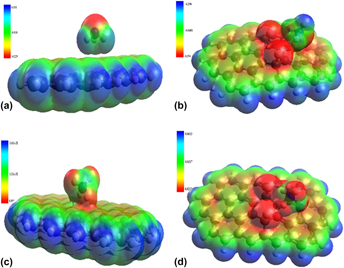Article contents
Fluorographene: Synthesis and sensing applications
Published online by Cambridge University Press: 20 April 2017
Abstract

This article features the recent developments in fluorographene (FG) and its other functional forms such as fluorographene oxide—their synthesis, fluorination, defluorination, and applications. FG is identified as an important functional derivative of graphene, and FG’s multifunctionalities make it as an ideal candidate for diverse fields, say from photovoltaic to bio-medical diagnosis, imaging, sensing, and therapy. Here the possibilities of FG as a biomedical sensing platform is discussed in detail and the potentials of FG based electrochemical and conductometric sensing platforms are unraveled. The importance of fluorine control as well as the other key factors need to be considered while choosing FG based bio-sensing platforms are also discussed.
- Type
- Invited Article
- Information
- Journal of Materials Research , Volume 32 , Issue 15: Focus Issue: Two-Dimensional Nanomaterials for Biosensors , 14 August 2017 , pp. 2848 - 2859
- Copyright
- Copyright © Materials Research Society 2017
Footnotes
Contributing Editor: Gary L. Messing
This author was an editor of this journal during the review and decision stage. For the JMR policy on review and publication of manuscripts authored by editors, please refer to http://www.mrs.org/editor-manuscripts/.
A previous error in this article has been corrected, see 10.1557/jmr.2017.245.
References
REFERENCES
A correction has been issued for this article:
- 9
- Cited by
Linked content
Please note a has been issued for this article.





